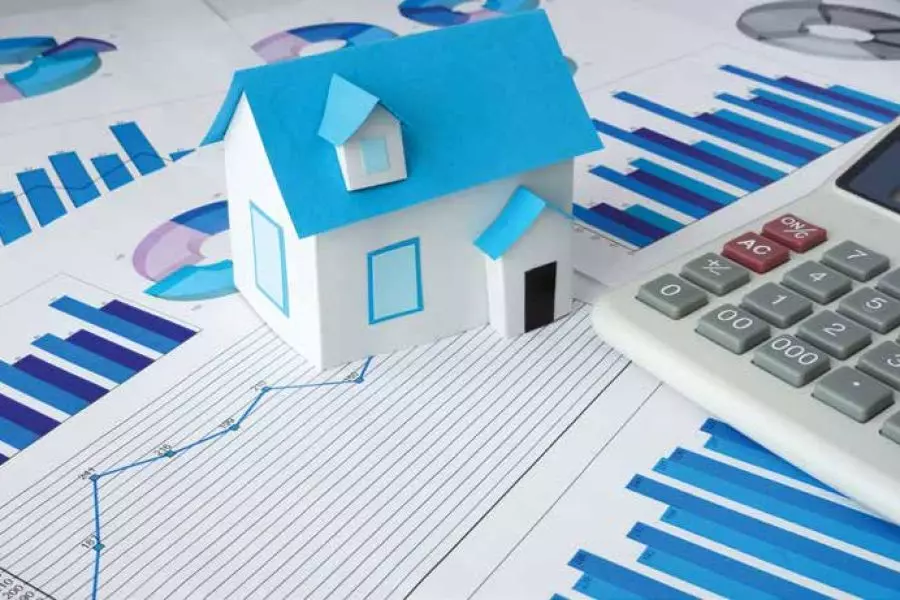
News
Keeping up with investors

Tuesday 18th of May 2021
The number of houses bought by first home buyers dropped nationally to 21.5% in the first quarter of this year from 24.8% six months ago.
It is the lowest since the first quarter of 2018.
CoreLogic senior economist Kelvin Davidson says the figures hint at “fatigue” and a growing struggle to keep up with other buyer groups, ever-rising deposit requirements and propert...
Want to read the full article?
Click the button below to subscribe and will have unlimited access to full article and all other articles on the site.





![[The Wrap] Bye Bye Bayly](https://goodreturns.publit.io/file/c_fill,w_900,h_600/39f23ac1-f7c7-4854-b700-a150004ebbac.webp)


